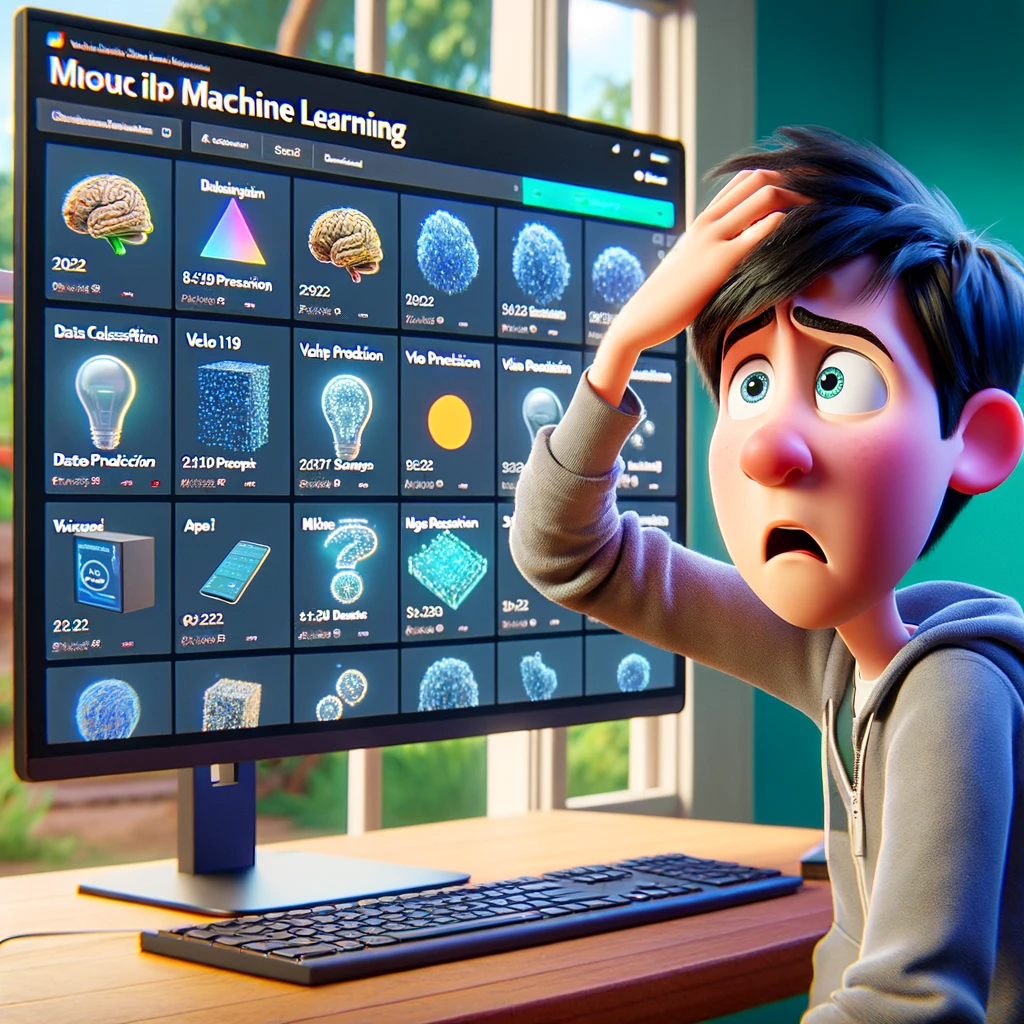Understanding Machine Learning Scenarios in Visual Studio 2022: A Beginner's Guide
 TJ Gokken
TJ Gokken
When you embark on the journey of adding a Machine Learning Training Model to your project in Visual Studio, the first steps go beyond just naming your model. You're greeted with a selection screen filled with various scenarios. For newcomers, this screen can appear quite overwhelming, presenting a myriad of options that might seem complex at first glance.
To demystify this process and "ease the pain," so to speak, I've crafted a straightforward and user-friendly breakdown of each scenario. This guide aims to provide clear insights into what each option entails, helping you make an informed decision about which scenario best aligns with your project's goals.
1. Data Classification
What it does: Data classification sorts data into predefined categories.
Real-world example: Email systems classifying messages as 'Spam' or 'Not Spam'.
In Visual Studio: Useful when you have data that needs to be categorized.
2. Value Prediction
What it does: This predicts a numerical value based on input data.
Real-world example: Predicting house prices based on features like location, size, and number of rooms.
In Visual Studio: Ideal for when your goal is to predict a specific numerical outcome.
3. Recommendation
What it does: Generates recommendations based on patterns in data.
Real-world example: Online stores suggesting products based on your browsing history.
In Visual Studio: Great for creating systems that suggest options to users.
4. Forecasting
What it does: Predicts future values based on historical data.
Real-world example: Weather apps forecasting future weather conditions.
In Visual Studio: Best for when you need to predict future trends or patterns.
5. Image Classification
What it does: Identifies and labels objects in images.
Real-world example: Social media platforms tagging friends in photos.
In Visual Studio: Use this when working with image data where classification is needed.
6. Object Detection
What it does: Locates and identifies objects within images.
Real-world example: Self-driving cars detecting pedestrians and other vehicles.
In Visual Studio: Suitable for scenarios where identifying the location of objects in images is crucial.
7. Text Classification
What it does: Categorizes text into predefined groups.
Real-world example: Analyzing customer feedback to determine if comments are positive, negative, or neutral.
In Visual Studio: Useful for projects dealing with text data that needs classification.
8. Sentence Similarity
What it does: Determines how similar two pieces of text are.
Real-world example: Plagiarism detection tools comparing the similarity of different documents.
In Visual Studio: Ideal for applications where comparing the similarity between text fragments is important.
Subscribe to my newsletter
Read articles from TJ Gokken directly inside your inbox. Subscribe to the newsletter, and don't miss out.
Written by

TJ Gokken
TJ Gokken
TJ Gokken is an Enterprise AI/ML Integration Engineer with a passion for bridging the gap between technology and practical application. Specializing in .NET frameworks and machine learning, TJ helps software teams operationalize AI to drive innovation and efficiency. With over two decades of experience in programming and technology integration, he is a trusted advisor and thought leader in the AI community